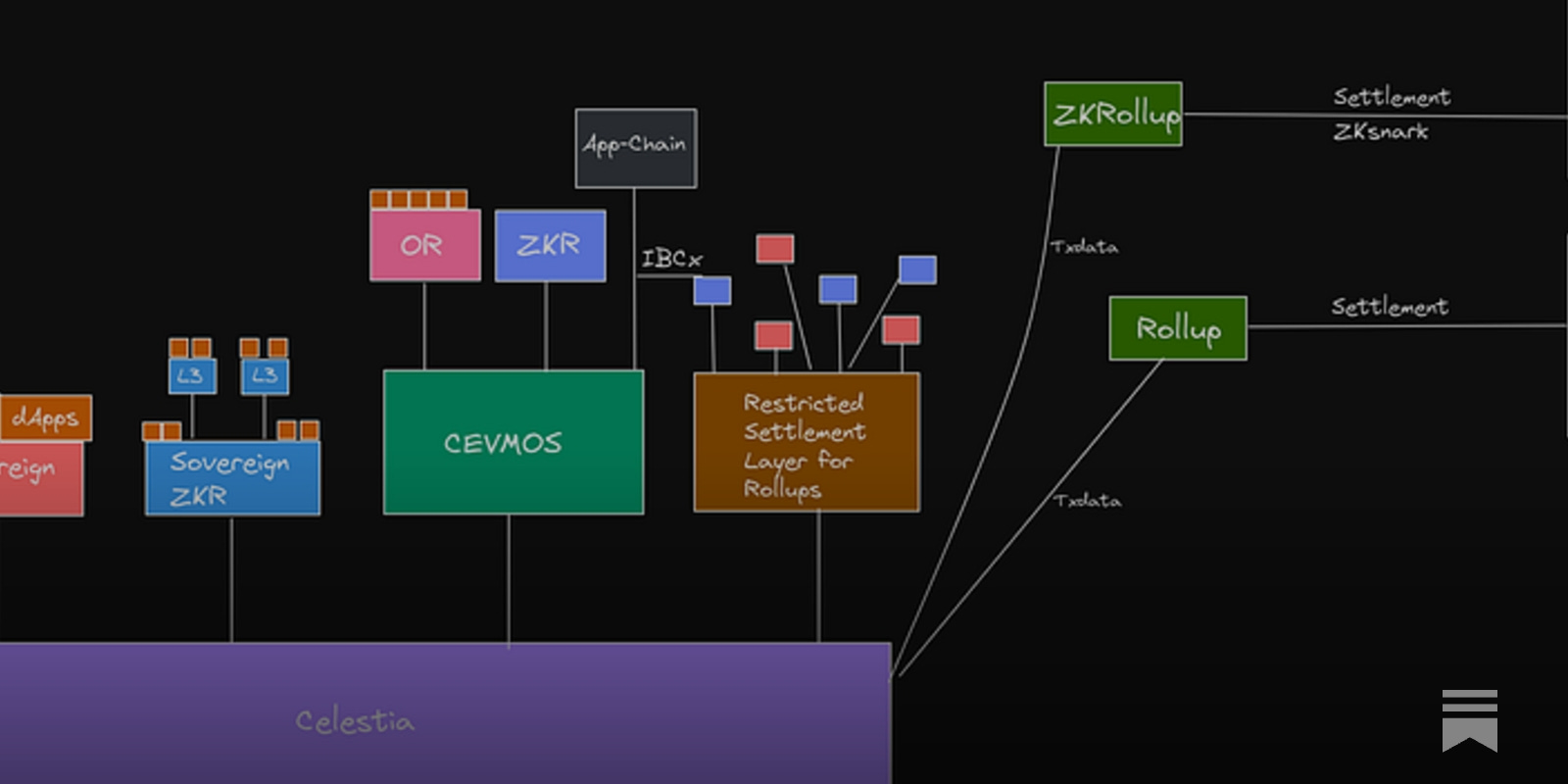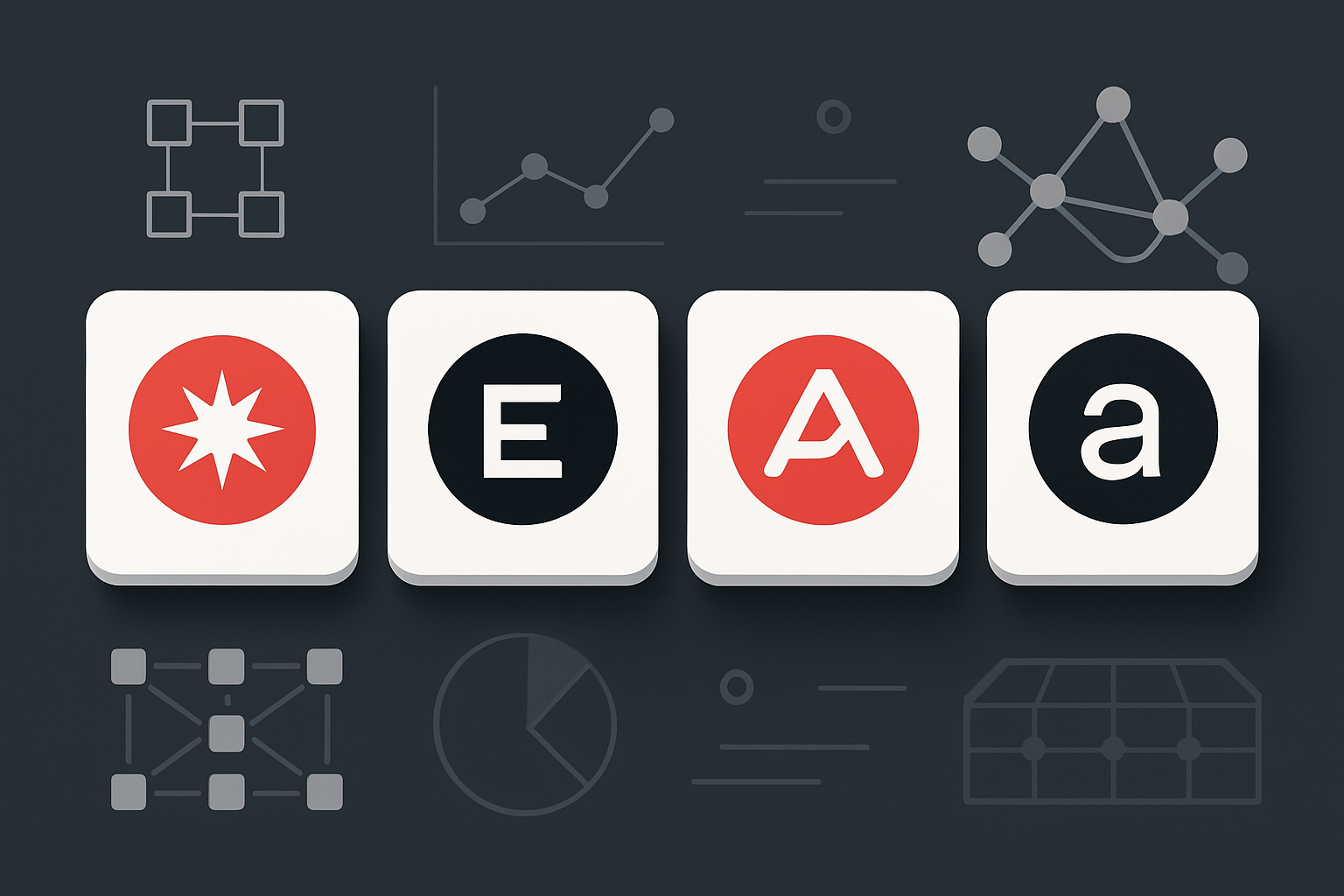
Blockchain technology is evolving at a rapid pace, and nowhere is this more evident than in the rise of modular architectures. One innovation at the heart of this transformation is Data Availability Sampling (DAS), a cryptographic breakthrough that unlocks new levels of scalability for modular blockchains. If you’re curious about how projects like Celestia and Avail are using DAS to push boundaries, you’re in the right place.

Why Data Availability Matters for Blockchain Scalability
In traditional monolithic blockchains, every node must download, store, and verify the entire block of transaction data. As transaction volume grows and block sizes increase, this approach becomes a bottleneck. Bigger blocks mean higher storage needs and slower synchronization times for new or lightweight nodes. Ultimately, this can lead to centralization as only well-resourced actors can keep up with the chain.
This is where data availability layers (DA layers) step in. In a modular blockchain stack, DA layers are dedicated to storing transaction data and ensuring it’s accessible for verification by anyone on the network. But even with this specialization, verifying that all data has been published (and not withheld by malicious actors) remains a critical challenge.
Enter Data Availability Sampling: A Game Changer
Data Availability Sampling offers an elegant solution to the data bottleneck problem. Instead of requiring every node to download an entire block (which could be several megabytes or more), DAS lets nodes randomly sample tiny pieces of the block’s data. By performing enough random samples, nodes can achieve extremely high confidence, often exceeding 99.9999%: that all the data is indeed available without actually seeing every byte.
This approach is especially powerful for light clients, which have limited bandwidth or storage capacity but still want strong guarantees about network integrity. For example, sampling just 0.5% of a 4MB block can give near-certain assurance that no part of the block has been withheld. This innovation dramatically reduces resource requirements across the network while preserving security.
Pioneers: How Celestia and Avail Are Scaling Modular Blockchains
The real-world impact of DAS comes alive in leading modular blockchain projects:
- Celestia: By integrating DAS into its core protocol design, Celestia enables even non-staking nodes to validate data availability efficiently. This supports larger blocks and higher throughput without sacrificing decentralization or inflating hardware requirements.
- Avail: Avail’s DA layer leverages DAS so developers can run scalable applications while users enjoy robust security, even on lightweight devices like phones or browser wallets.
The result? Modular chains powered by DAS can process more transactions per second while staying open to anyone who wants to participate, no specialized hardware required! If you’re interested in exploring further technical details about how DAS fits into these systems, check out our deep dive on how Data Availability Sampling improves blockchain scalability in modular architectures.
With these advances, the modular blockchain landscape is seeing a surge of innovation. DAS not only empowers light clients but also unlocks new possibilities for scalable blockchain solutions. By removing the need for every participant to download all data, networks can safely increase block sizes, support more complex applications, and onboard millions of users without compromising their core principle: decentralization.
One of the most exciting outcomes is how DAS helps resolve the infamous blockchain trilemma. Traditionally, projects have had to choose between scalability, security, and decentralization. DAS offers a rare win-win: it makes it practical for thousands (or even millions) of lightweight nodes to independently verify data availability. This broad participation strengthens security and keeps power distributed across the network.
The User Experience Revolution
Why does this matter for developers and end-users? For one, applications built atop DA layers with DAS can offer faster transaction finality and lower fees, even as demand grows. Imagine NFT platforms or DeFi protocols that never slow down during peak times because their underlying chains easily handle surges in activity. Users benefit from seamless onboarding since they can interact with the network directly from mobile devices or browser wallets without needing to trust centralized intermediaries.
Developers also gain flexibility. With reliable DA layers powered by sampling techniques, rollups and sovereign chains can focus on execution logic and user experience instead of wrestling with data bottlenecks or hardware limitations. The result: a flourishing ecosystem where innovation isn’t gated by technical constraints.
What’s Next for Data Availability Sampling?
The future is bright, and busy! As modular DA solutions mature, expect ongoing research into optimizing sampling algorithms and reducing overhead even further. The launch of incentivized testnets (like Celestia’s) signals growing community involvement in stress-testing these systems at scale.
We’re also seeing cross-pollination between projects: as more DA layers adopt DAS, standards are emerging that could make interoperability between rollups, sidechains, and mainnets easier than ever before. This collaborative spirit is accelerating progress toward a truly modular blockchain world where anyone can build on top of robust, scalable infrastructure.
If you’re curious about how DAS specifically enhances decentralization or enables sharded rollups in modular environments, we have more resources to guide your journey:
- How Data Availability Sampling Makes Modular Blockchains More Decentralized
- How Data Availability Sampling Enables Scalable Sharded Rollups in Modular Blockchains
As always at Da Layers, we’re excited to watch (and help shape) this next era, where data availability sampling turns scaling dreams into reality. If you’re building or exploring in this space, join our community conversations and share your insights!






